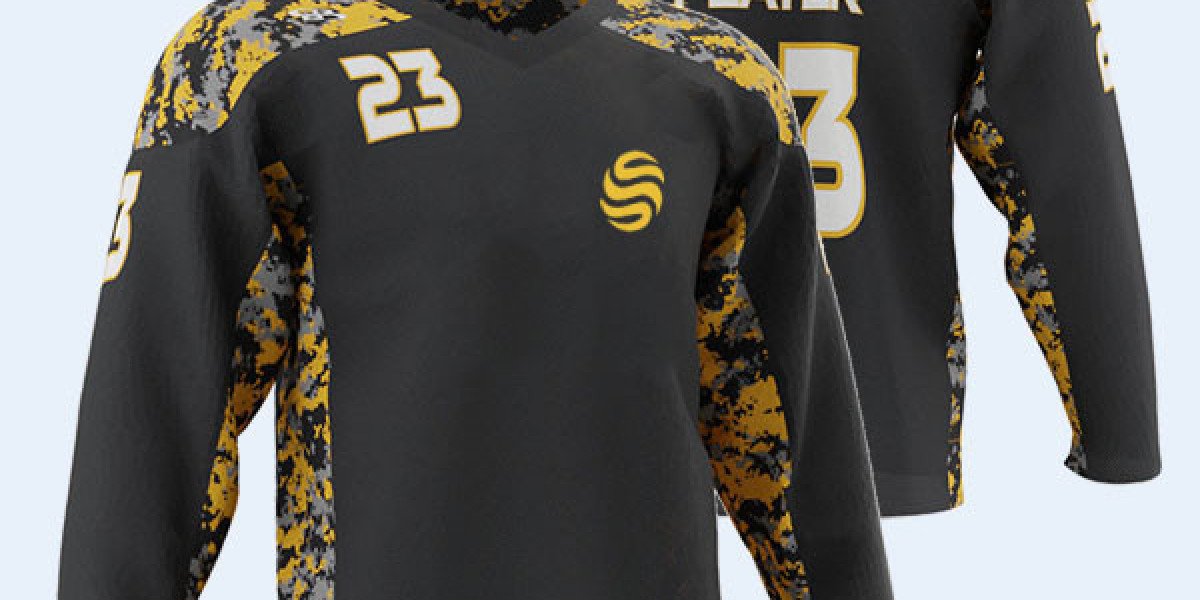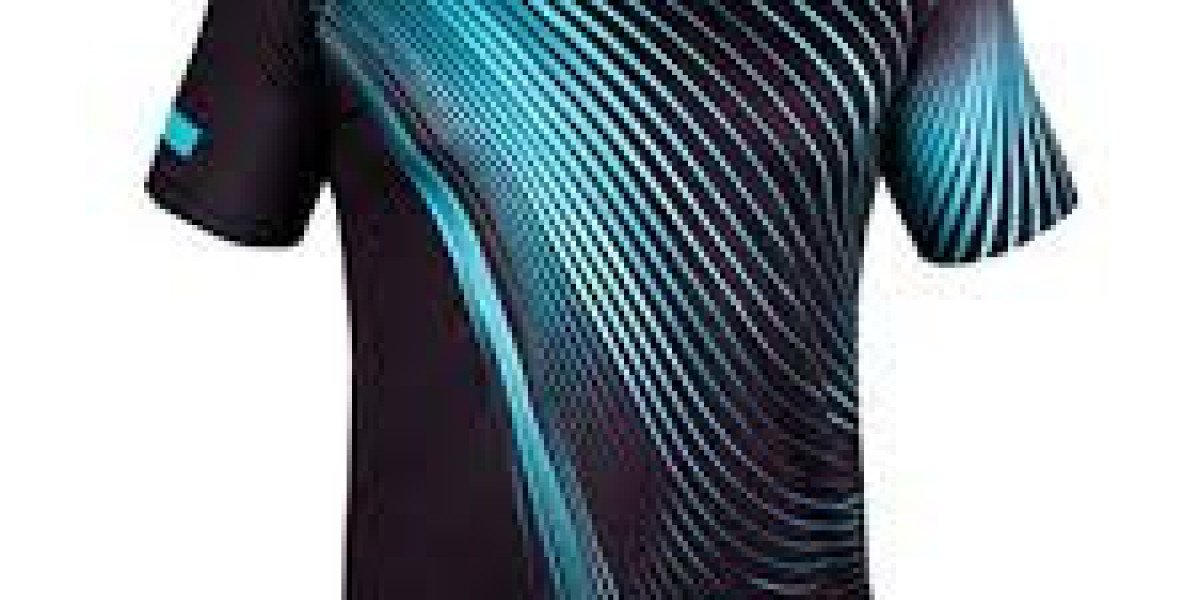Choosing the right fabric for a hockey jersey is crucial for both performance and comfort. Hockey is a high-intensity sport that demands durable, breathable, and functional apparel. The fabric used in hockey jerseys plays a significant role in ensuring players stay comfortable and perform at their best throughout the game. In this guide, we’ll explore the key types of fabrics used in hockey jerseys, their properties, Hockey Jersey Fabric and considerations for selecting the best material for your needs.
Key Fabrics Used in Hockey Jerseys
- Polyester:
- Description: Polyester is one of the most commonly used fabrics for hockey jerseys due to its durability and moisture-wicking properties. It is a synthetic fiber known for its strength and resistance to wear and tear.
- Properties:
- Durability: Resistant to abrasion and stretching, making it ideal for the physical demands of hockey.
- Moisture-Wicking: Quickly wicks sweat away from the body, keeping players dry and comfortable.
- Breathability: Allows air to circulate, helping to regulate body temperature.
- Lightweight: Ensures freedom of movement without adding bulk.
- Easy Care: Machine washable and resistant to wrinkles and shrinking.
- Nylon:
- Description: Nylon is another popular synthetic fabric used in hockey jerseys, known for its strength and elasticity. It offers a smooth, lightweight feel.
- Properties:
- Strength: Highly resistant to tearing and abrasion, making it suitable for high-contact sports.
- Elasticity: Provides a good range of motion and flexibility.
- Moisture Control: Like polyester, nylon also has moisture-wicking properties.
- Comfort: Soft against the skin, enhancing overall comfort during play.
- Durability: Resistant to damage from wear and exposure to elements.
- Mesh Fabric:
- Description: Mesh fabric, often made from a blend of polyester and nylon, is used in hockey jerseys for its breathability and lightweight nature. It features a grid-like pattern that allows for optimal ventilation.
- Properties:
- Breathability: Excellent airflow helps to keep players cool and dry.
- Comfort: The open weave reduces heat buildup and increases comfort.
- Flexibility: Offers good stretch and flexibility for ease of movement.
- Durability: Mesh fabrics are durable but may be more prone to snagging compared to solid fabrics.
- Spandex (Elastane):
- Description: Spandex, also known as elastane, is often blended with other fabrics to provide stretch and flexibility. It is not commonly used alone but is included in blends to enhance the jersey’s fit and movement.
- Properties:
- Stretch: Provides excellent stretch and recovery, allowing for a snug fit without restricting movement.
- Comfort: Enhances the overall comfort of the jersey by allowing it to move with the player.
- Shape Retention: Helps the jersey maintain its shape over time, even with frequent use.
Considerations for Choosing Hockey Jersey Fabric
- Performance Needs:
- Breathability: Consider fabrics that offer good ventilation to keep players cool and dry during intense play.
- Moisture Management: Fabrics with moisture-wicking properties are essential to keep sweat away from the body and reduce discomfort.
- Durability:
- Wear and Tear: Hockey involves a lot of physical contact, so choose fabrics known for their durability and resistance to abrasion and tearing.
- Comfort and Fit:
- Flexibility: Ensure the fabric provides enough stretch and flexibility for unrestricted movement.
- Softness: The fabric should be soft against the skin to prevent irritation and discomfort.
- Maintenance:
- Care Instructions: Opt for fabrics that are easy to clean and maintain, especially given the heavy use hockey jerseys undergo.
- Climate and Environment:
- Temperature Regulation: Consider the climate in which the games will be played. Breathable fabrics are important for warm environments, while insulating properties might be more relevant in colder conditions.
- Design and Aesthetics:
- Color and Print: Ensure the fabric supports the desired color and print quality for team logos and designs. Polyester and nylon generally hold colors well and resist fading.
Conclusion
Selecting the right fabric for a hockey jersey is essential for ensuring player comfort, performance, and durability. Polyester and nylon are popular choices due to their strength, moisture-wicking properties, and ease of care. Mesh fabrics offer enhanced breathability, while spandex provides flexibility and a better fit. By considering factors such as performance needs, durability, comfort, and maintenance, you can choose a fabric that meets your specific requirements and enhances the overall hockey experience.








